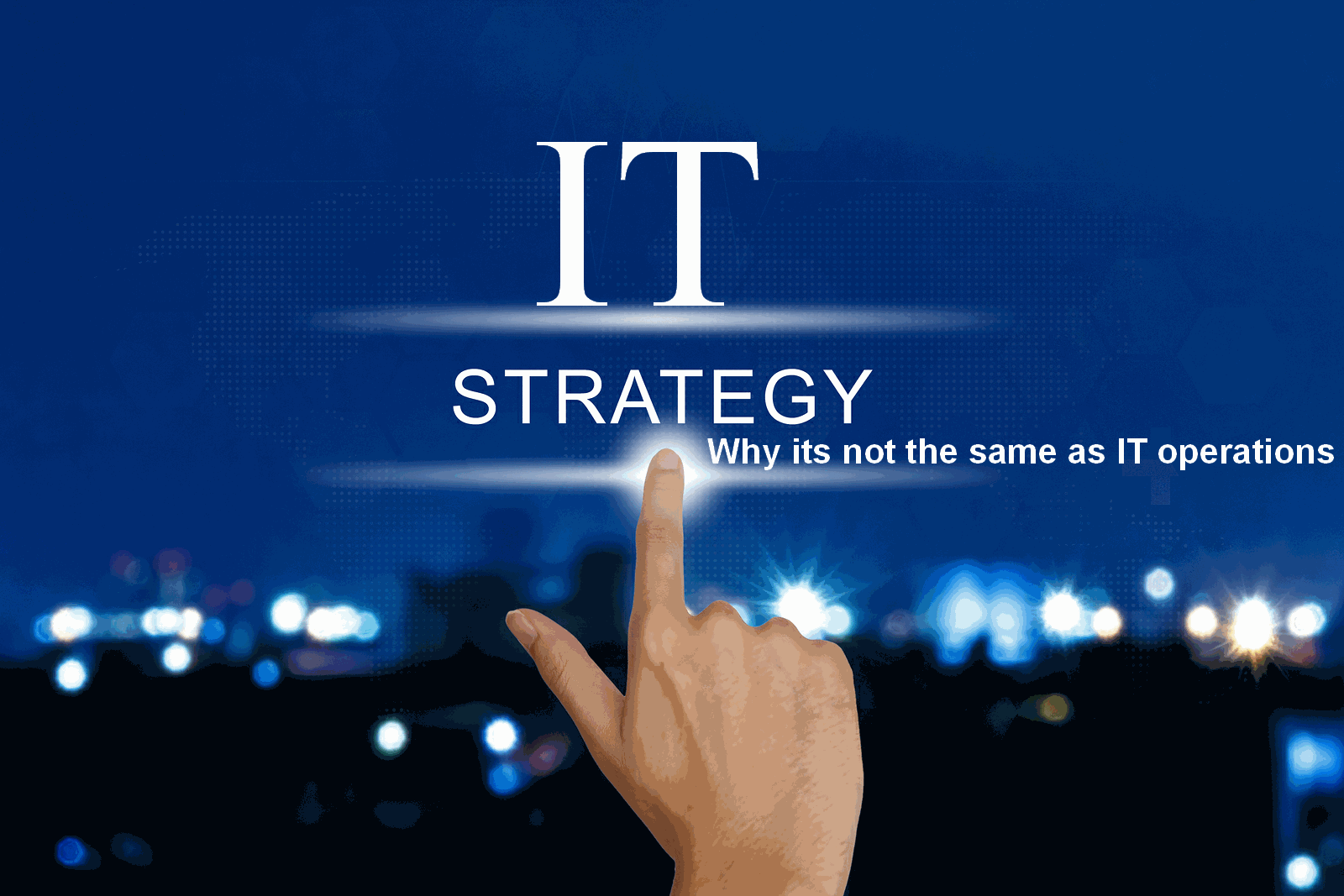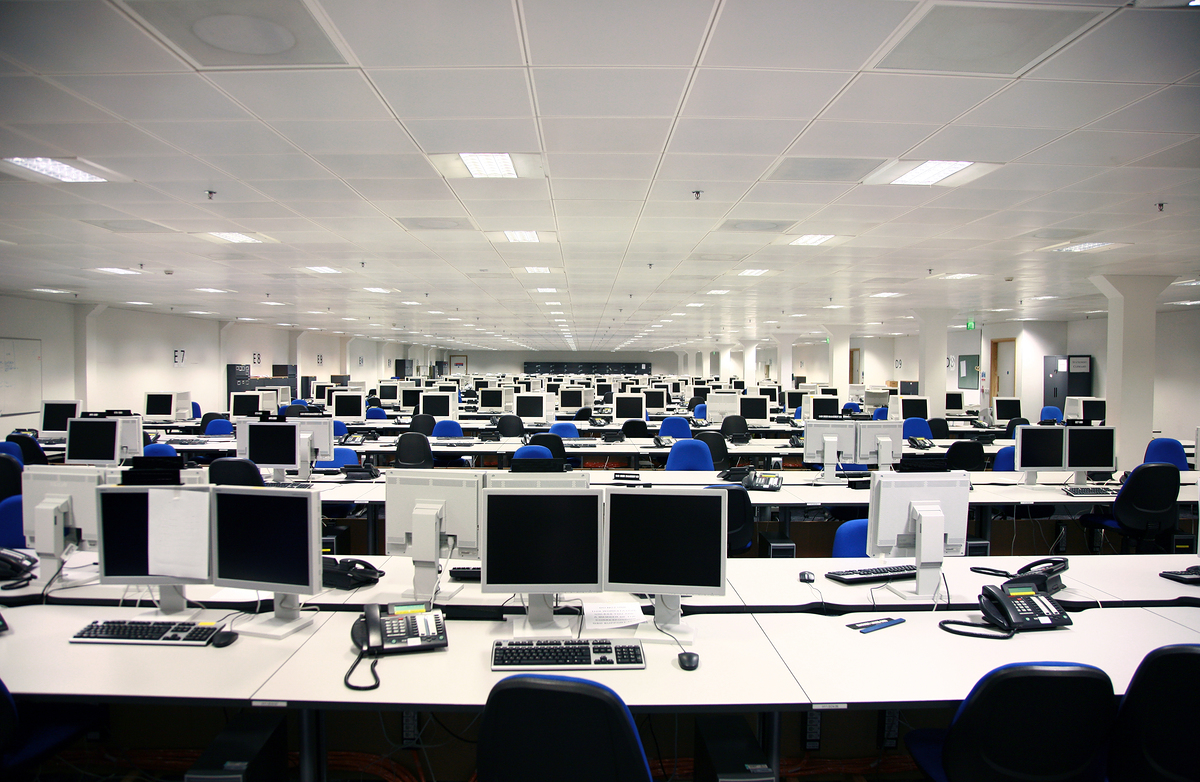Intelligent Building Management only works if you understand Occupancy Management!
Intelligent building management is becoming more and more popular from Hive and Amazon Echo in the home to Niagara and Enocean in the office; the intelligent management of lighting, cooling, heating, lifts and just about every other aspect of a building is big businesses. But have you ever stopped to ask why and more importantly what are we actually trying to achieve?
If the answer is yes, then like us you have probably realised that all of this only really makes sense if you know what the people using the building are doing, where they are and how they are interacting with their surroundings.
So, going back to the title before you look at intelligent building management you need to understand how the building is going to be used, what are the drivers for the occupancy and how does this change over the days, weeks months and years.
Traditionally buildings and desks have been static, you turned up at 09:00 go to your pre-determined desk and work through to 17:30. The lighting, heating and cooling are all known entities and for five weeks a year the company knows that the desk isn’t going to be used. This model is prescriptive and to a large extent you can model the management to coincide with the occupancy requirements.
However, this model is changing and more and more organisations are realising that the cost of a desk is more than just the person sitting at the desk. I was talking to one of our customers recently who said that a desk in the City of London costs them on average £20,000 a year to run.
At first, I thought this was unrealistically high until I started to list out everything that contributes to the costs and actually this figure whilst on the high side is actually not that unrealistic. The cheapest I have found a desk is £500 a month in a shared office this still comes to over £6,000 a year. So whichever way you look at it the costs can soon add up, combine this with the cost of lighting, heating, printing, networks, telephony etc. etc. and you soon get back to the big figures my customer was talking about.
So, what if we could model the usage of the office so we know exactly what is being used, when and by whom. Combine this with the organisations business requirements we can then start to layout the office so that it mirrors the occupancy requirements.
If we then make the office agile so that people use the most appropriate desk to complete the work they are doing, this all starts to come together. We can reduce the number of desks needed, make the office space more flexible and utilise it to help break down silos and boundaries that traditionally build up in an organisation over time.
We can ensure that the heating and cooling mirrors the working practises so you are only using energy when you need it. Lights can be scheduled to come on just before you arrive and can be set to go off as soon as you leave. Boilers, chillers, hot water in fact ever thing that your building relies upon can be managed intelligently once you fully understand the occupancy requirement.
So why do this, well very simply as well as helping to save the planet and reduce your carbon footprint, the financial savings can be substantial, we are working with customers who are looking to reduce their running costs by over 20% but where they really see the benefit is in prolonging the life of devices.
If we know a fan coil unit has a life expectancy of approximately five years and because we can intelligently manage the fan and proactively maintain the device, if we then know that over its five-year life it has only run for three years, then armed with this knowledge we know that we can realistically run this device for approximately another two years after its normal replacement date before it needs replacing.
The same logic can be attributed to all the other building management devices making your return on investment that much greater than just the initial savings. Your office will work that much more efficiently and in turn you will see other productivity improvements throughout your organisation and all from a simply understanding of your occupancy requirement.
I have worked on many projects that have failed because although the desire has been there when it comes to the delivery it is easy to revert back to what we know and have been doing for years. This is human nature but if you want to help the planet, reduce your cost, increase your productivity and the make the environment you work in more pleasant then you have to stand up and be the organisations champion.
Once everyone sees the benefits you will be surprised how quickly you and your organisation gets noticed for all the right reasons









